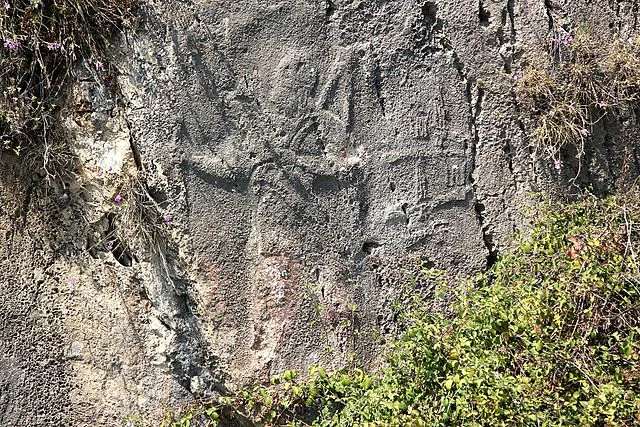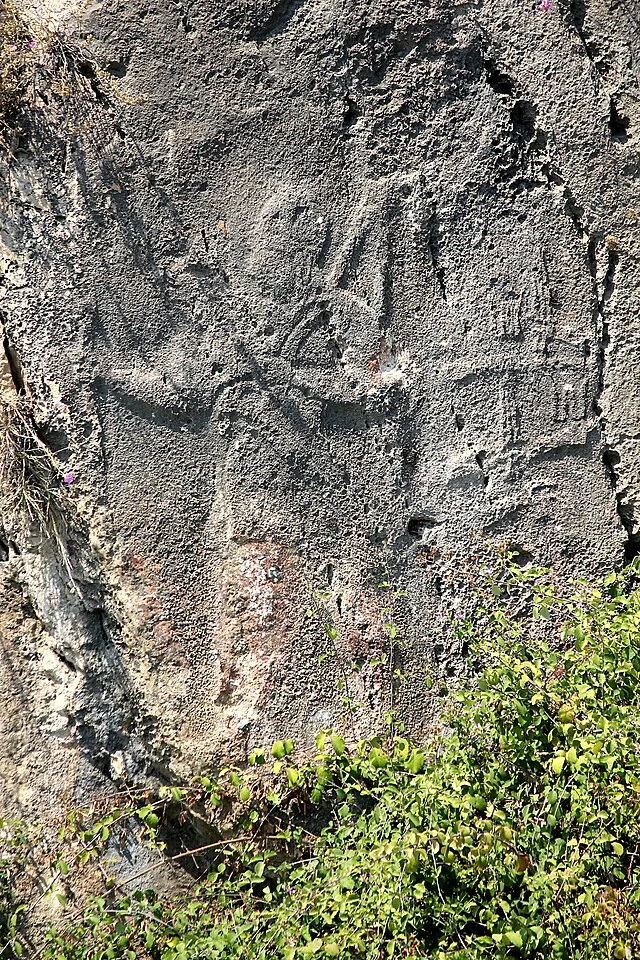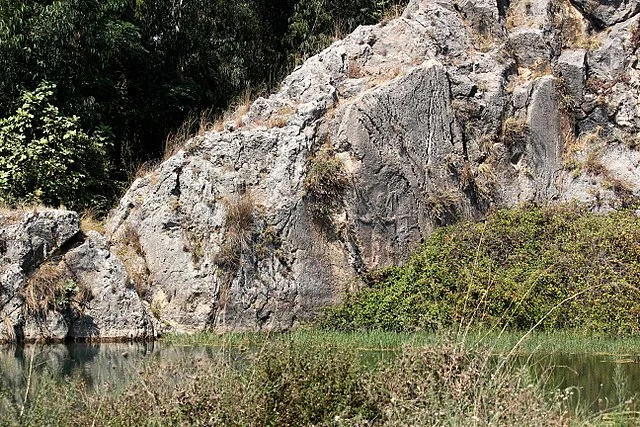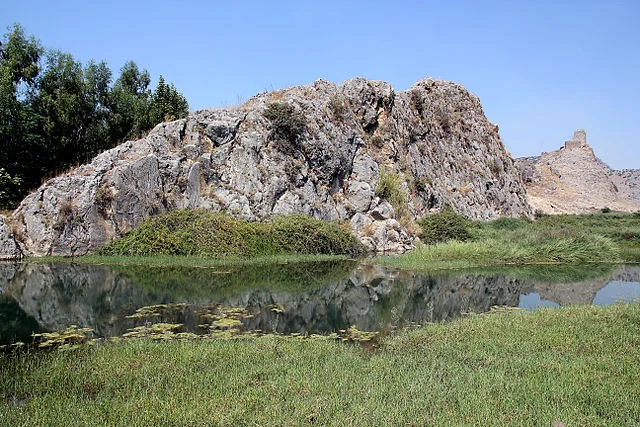The Hemite relief is a significant archaeological artifact located in southern Turkey. This relief is carved into the rocky cliffs of the ancient city of Hemite, also known as Kastabala, in the Osmaniye Province. It dates back to the Hittite period, around the 13th century BC, providing crucial insight into the region’s ancient history and culture.
Get your dose of History via Email
Description of the Hemite Relief

The relief depicts a Hittite king standing upright, likely involved in a religious or ceremonial activity. The king is adorned with typical Hittite attire, including a conical headdress, and holds symbols of power. Scholars believe the figure represents King Suppiluliuma I or another prominent Hittite ruler. The scene reflects the Hittites’ religious practices and their connection to their gods.
The detailed carvings suggest that the relief was made to honor a deity, likely related to a religious sanctuary nearby. The stylization of the figure, along with the inscriptions surrounding it, reflect the Hittites’ unique artistic style and cultural symbolism.
Importance of the Hemite Relief

The Hemite relief provides important insights into Hittite royal iconography and religious practices. It serves as a rare surviving example of Hittite stone reliefs from the late second millennium BC. The depiction of the king performing religious duties shows the relationship between political authority and religious practices in the Hittite civilization.
This relief also helps historians understand the Hittites’ influence in southern Anatolia. Its location, near ancient trade routes, indicates the significance of the region for the Hittite Empire during its height. Moreover, it highlights the spread of Hittite culture beyond their capital at Hattusa.
Inscriptions and Interpretation

While the relief itself is impressive, the inscriptions surrounding the figure have also garnered attention. Written in Luwian hieroglyphs, the inscriptions likely commemorate the achievements of the king or recount a religious event. However, the exact meaning of the inscriptions remains subject to debate due to their weathered condition and the complexity of the Luwian language.
The interpretation of the Hemite relief has evolved over time as scholars continue to study it. Initial interpretations focused on its artistic style and depiction of the king, while more recent research emphasizes its religious and political significance. The inscriptions, though partially eroded, offer additional context for understanding Hittite religious practices and their political structure.
Archaeological Significance
The Hemite relief stands out as one of the few surviving large-scale Hittite monuments in southern Turkey. It complements other Hittite sites in the region, such as Alacahöyük and Yazılıkaya, which also feature royal and religious reliefs. The discovery and study of the Hemite relief have contributed to the broader understanding of Hittite art, religion, and political authority.
Archaeologists have paid close attention to the relief’s location. The Hemite area, with its proximity to the Ceyhan River, likely served as a strategic and religious site for the Hittites. The relief’s positioning on a cliff face may have been chosen to emphasize the king’s divine authority, as it overlooks the surrounding landscape.
Conclusion
The Hemite relief is a valuable archaeological artifact that offers insight into the Hittite civilization’s political and religious life. Through its detailed carving and inscriptions, it reveals the importance of kingship and religious practices in Hittite culture. As scholars continue to study the relief, it will likely provide more information about the Hittites’ influence in southern Anatolia and their artistic and cultural heritage. This monument remains an essential piece of Hittite history, reflecting the civilization’s complexity and its lasting impact on the region.
Source:

